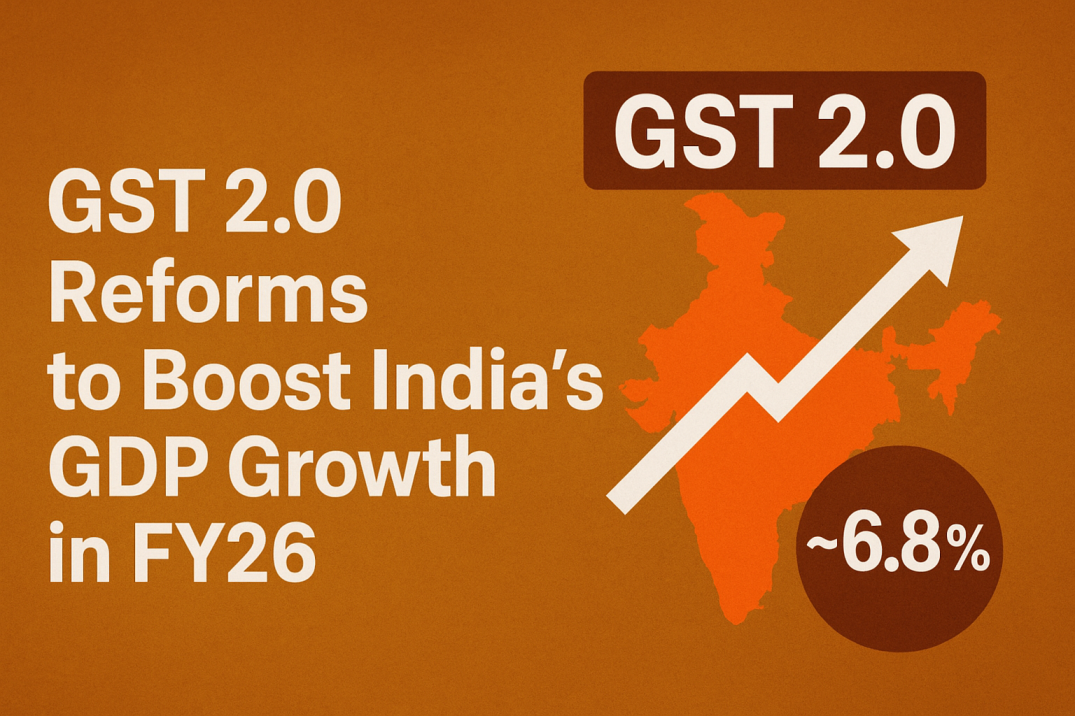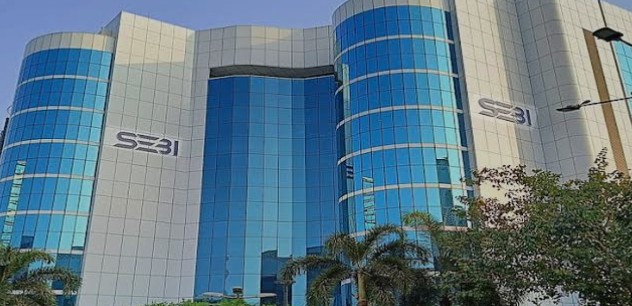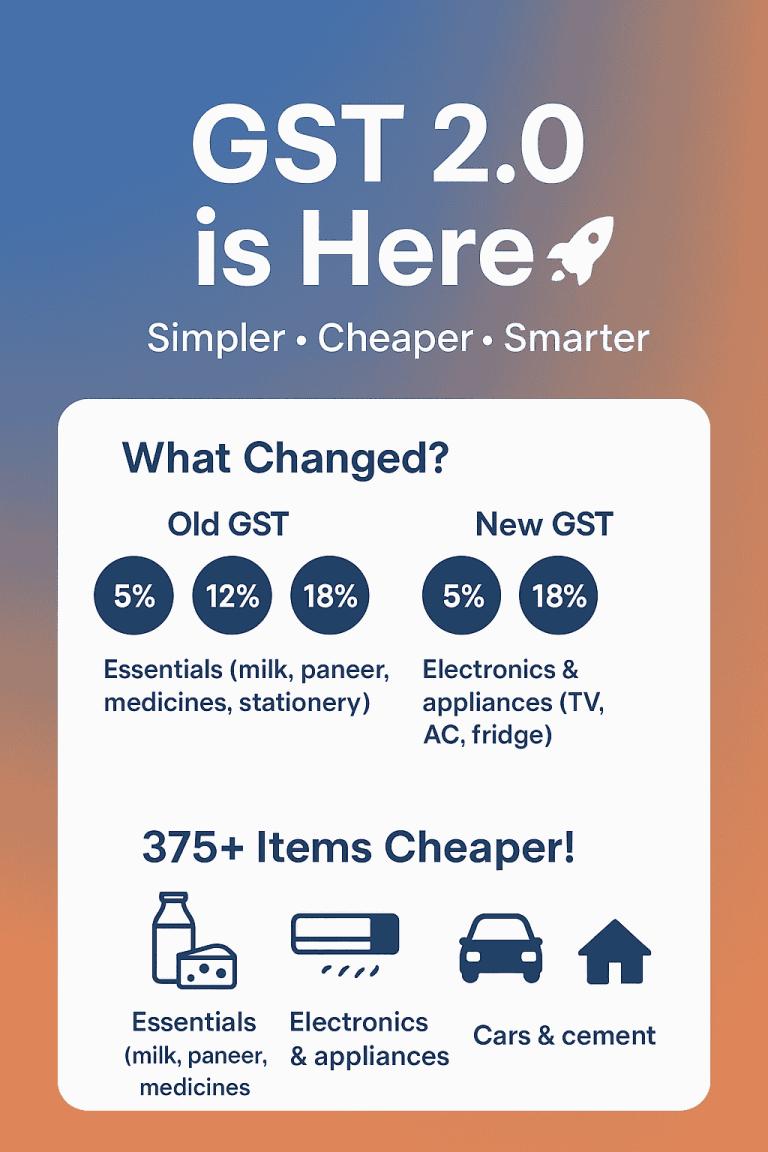India Bets on GST Reform to Drive Consumption Amid Rising U.S. Tariffs
New Delhi: As global headwinds mount and trade tensions with the United States deepen, the Indian government is preparing a bold revamp of its tax system to keep domestic demand strong.
Prime Minister Narendra Modi has made a announcement last week saying that a simplified goods and services tax (GST) regime would be rolled out by the end of October. According to government officials the plan is to move from the current four-tier structure of 5%, 12%, 18% and 28% to two rates only i.e.,—5% and 18%. The proposal is expected to be selected at the GST Council meeting by the September.
The government hopes the move will ease compliance, cut down indirect taxes for consumers, and provide a much-needed push to spending. India’s economy, more reliant on consumption than exports, has been showing resilience even as global trade faces disruptions. In the last financial year, private consumption made up 61.4% of India’s GDP, the highest in two decades.
Economists believe the GST changes will add momentum. “The reform could lift GDP growth by 0.35 to 0.45 percentage point by FY2027,” said Anubhuti Sahay, head of India economic research at Standard Chartered Bank.
The urgency of the reform comes against the backdrop of steep U.S. tariffs. Later this month, the U.S. is set to raise duties on Indian exports by another 25%, taking total levies to 50%. The tariffs, driven by the Trump administration, are likely to hit India’s textile, engineering and chemical industries hard.
Market experts say GST reform can partly cushion the blow. “This is a $10 billion boost to consumption, but the tariffs inflict twice that damage,” said Saurabh Mukherjea, founder of Marcellus Investment Managers. “The ideal scenario would be tariff rollback alongside the GST revamp.”
The government has already taken steps to stoke demand. The Union Budget which was made in February exempted annual incomes up to ₹12 lakh from the tax, while the Reserve Bank of India has decreased the interest rates by 100 basis points this year, lowering borrowing or lending costs for households and businesses.
Even after the reform the policymakers face tough challenges. Urban youth unemployment has levelled up to 19%, according to fresh government data which demands for the need of deeper and better reforms.
“GST is only the beginning,” said Shumita Deveshwar, senior director of India research at TS Lombard. “India needs a broad revival of jobs and consumption—and one will not happen without the other.”






